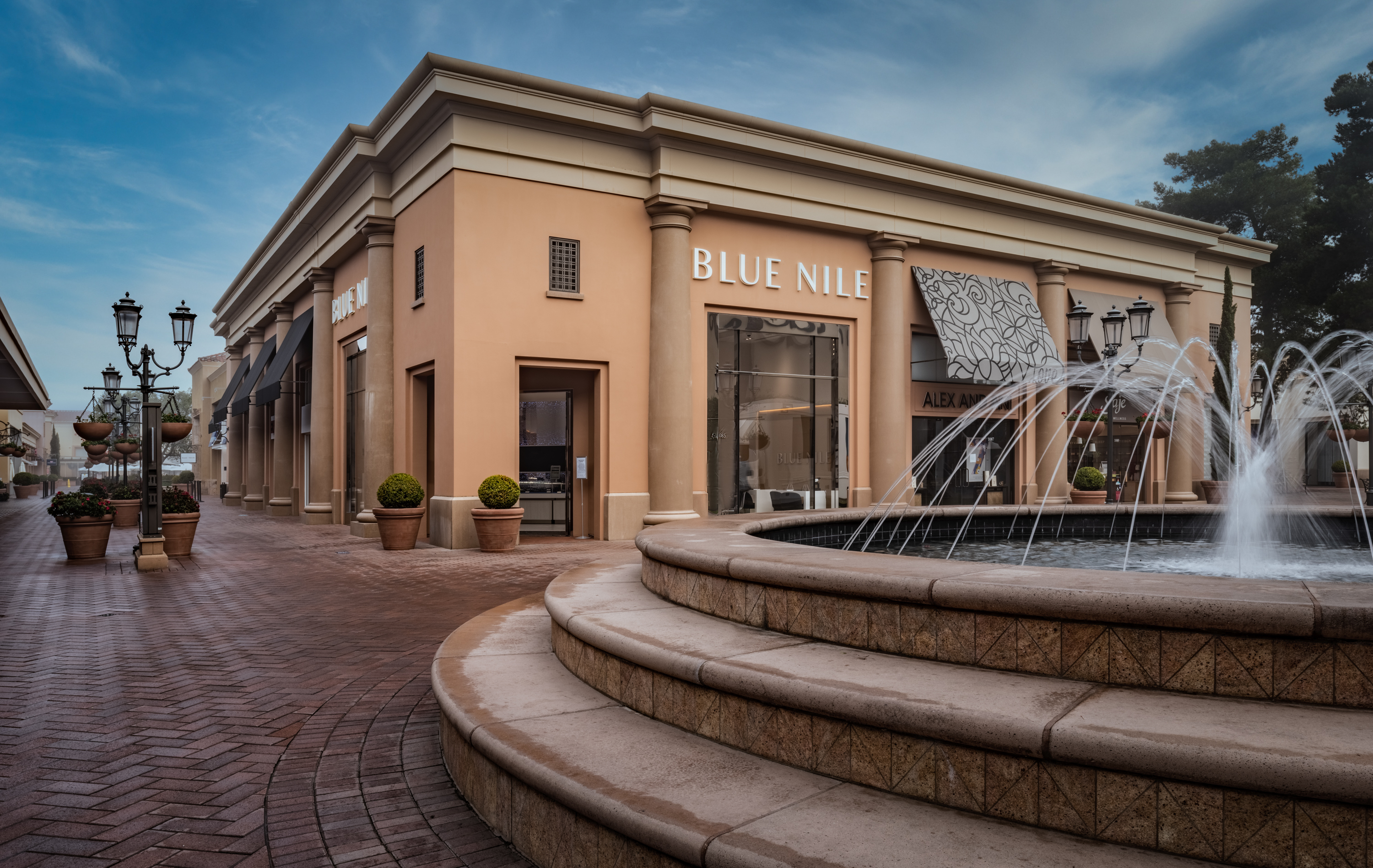Online jewelry retailer Blue Nile made a splash in October when it announced plans to grow its showroom presence from five to 55 locations within the next three years. Others also are dipping their toes back in the showroom waters.
“All retail is reimagining their store experience, and showrooms are a way to draw more people into their space or to supplement their online offering,” said CBRE Retail Services Group senior vice president Danny Jacobson. Demand was understandably light during 2020 due to COVID-19, but the underlying demand drivers behind showrooms remain fairly in place. Retailers are using showrooms to connect with customers, build brand awareness and test markets. “We have seen a lot of optimism coming in at the start of the year from a lot of groups, both brick-and-mortar and online, talking about getting active with hopefully the second half of the year being more normalized,” he said.
Some brands are hoping to capture prime locations at better rates and more flexible terms. “It might have been a scramble in the past, especially for an online retailer to go up against an established retailer that already has credit and existing store locations,” said Avison Young senior vice president and Bay Area retail lead Cameron Baird. “Now the playing field is a little bit more even.” San Francisco, for example, is usually supply constrained, rents surpassing $120 per square foot for prime locations. Now, more spaces are available and landlords are more receptive to nontraditional lease terms like percentage rent deals and shorter term options, he says.
“It might have been a scramble in the past, especially for an online retailer to go up against an established retailer that already has credit and existing store locations. Now the playing field is a little bit more even”
Tenant demand is coming from an eclectic mix of direct-to-consumer brands, new concepts and nonretail companies. On the nonretail side, the auto industry and electric car manufacturers, in particular, are making a bigger push into retail showroom locations. For example, Canada’s ElectraMeccanica opened a showroom in November at San Diego’s Westfield UTC to showcase Solo, a single-occupancy, three-wheel electric car. The company now has eight locations at retail centers in California, Arizona and Oregon.
“While there has been a consumer shopping pattern change driven by COVID, we will continue to see both traditional retailers and online brands gravitate to the showroom experience,” said Drew Chorney, managing director of Savills Retail Services in Detroit. Resale sneaker, clothing and collectibles are among those categories continuing to expand into showrooms, led by StockX, Flight Club and GOAT, he says. Those showroom spaces remain smaller, he adds.
In-person connections
Bonobos, Warby Parker, Casper and Untuckit were among the early DTC brands to open showrooms. “They can have a better sales experience with a brick-and-mortar store, and their employees have a better opportunity to upsell the customers,” said Baird. From a logistics perspective, the showrooms also make returns easier than for a pure-play e-commerce brand, he adds.
The opportunity to see, touch and try products before consumers buy has been a common theme for online brands from fashion and furniture to electronics and fitness equipment. "We want our customers to feel confident in a milestone purchase like a diamond engagement ring, so we're growing our store network to connect in person with those seeking to try on our products and receive advice from our diamond experts,” Blue Nile CEO Sean Kell said when announcing the expansion. Blue Nile opened three showrooms in November, at Fashion Island in Irvine, California; Oakbrook Center in suburban Chicago; and Park Meadows in the Denver area. The company has said it plans to target high-end malls, open-air centers and urban locations.

Blue Nile’s Fashion Island showroom. The interior is pictured above
Showrooms also resonate with consumers. According to ICSC Research, 49 percent of U.S. adults would be interested in seeing stores transform into showrooms in the front to see/touch products and larger warehousing/fulfillment space in the back.
Another issue with online-only selling platforms: At some point they peak, and then the cost to attract new customers becomes too expensive for a social platform. It is very hard to fill an online cart with hundreds of dollars’ worth of items, says Peter Caruso, JLL executive vice president and Chicago Retail Advisory agency lead. “You are usually going to that online store for a specific item, such as a jacket or a pair of shoes. You are not loading up the cart with impulse buys.” The impulse buying occurs in stores, and shoppers still spend three times as much money in a store, he adds.
More evolution and innovation ahead
Showrooms are continuing to evolve as entrants curate multiple online brands in one location. Showfields displays art and products from mission-driven brands at its showrooms in New York City and Miami’s South Beach. Brik + Clik hosts a collection of emerging DTC brands on its online marketplace and in its physical showrooms. All the products are vegan and cruelty free, and 90 percent of its partners are women- or minority-owned businesses. Brik + Clik has opened showrooms at Westfield Valley Fair in Santa Clara, California, and the Oculus in New York City and is exploring other Class A spaces nationwide. “I would expect to see more of those concepts emerge as clicks to bricks continues to evolve,” said Baird.
Though the pandemic did halt some of the showroom sector’s evolution in its tracks, there is plenty of potential for innovation ahead. “I don’t think we have really seen true showrooming yet,” said Caruso. Landlords might lease a space for a showroom with 500 square feet in the front and 1,500 in the back for fulfillment or storage, he says. “Optically, it looks cool, but it’s just another storefront. That’s what needs to change, and it hasn’t changed yet.”
By Beth Mattson-Teig
Contributor, Commerce + Communities Today